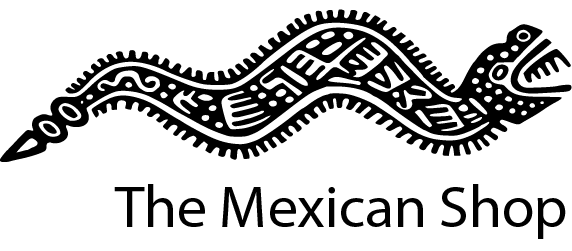Day of the Dead in Mexico
Día de Muertos: A Vibrant Mexican Tradition
Día de Muertos, or Day of the Dead in Mexico, is a deeply meaningful and vibrant tradition celebrated throughout Mexico, and increasingly, around the world. Far from being a somber occasion, it’s a joyous celebration where families honor and remember their deceased loved ones, believing that on this special day, the spirits of the dead return to visit their living relatives.
What People Do
The heart of Day of the Dead in Mexico lies in the ofrendas (altars) meticulously built in homes. These altars are adorned with photographs of the deceased, their favorite foods and drinks, candles to light their way, and vibrant marigold flowers (cempasúchil) whose strong scent is believed to guide spirits home.


Families also visit cemeteries, cleaning and decorating gravesites, and spending time together, sharing stories and memories of those who have passed. It’s a time for reflection, remembrance, and celebrating the continuum of life and death. Many people paint their faces as colorful calaveras (skulls) and dress in elegant costumes.
When Day of the Dead in Mexico Starts
While the main days of celebration are November 1st (Día de los Inocentes, honoring deceased children) and November 2nd (Día de los Muertos, honoring deceased adults), preparations often begin much earlier in October, with families gathering ingredients and decorations for their ofrendas.
Interested Links:
What People Eat
Food plays a central role in Day of the Dead in Mexico. Some traditional dishes include:
-
Pan de Muerto: A sweet bread often decorated with bone-like shapes, specifically made for this holiday.


Calaveras de Azúcar: Sugar skulls, often personalized with names, are a classic and iconic treat.
Tamales, Mole, and Atoles: These savory and sweet dishes are often prepared in large quantities and shared among family and friends, both living and departed.
“Pedir Calaverita”: A Children’s Tradition
Similar to trick-or-treating, Mexican children participate in “Pedir Calaverita” (asking for a little skull). Dressed in costumes, often as skeletons or ghouls, they go from house to house carrying decorated pumpkin-like containers or bags, asking for sweets, fruits, or small toys. Their chant often includes phrases like “¿Me da mi calaverita?” (Will you give me my little skull?)


Calaveritas Literarias: Playful Poems
“Calaveritas literarias” (literary skulls) are witty, satirical poems written specifically for Day of the Dead in Mexico. These short, humorous verses often playfully “kill off” friends, family members, or public figures, depicting them in imagined encounters with Death. They are a way to poke fun at death and celebrate life with a lighthearted spirit.
Example Calaverita Literaria for Héctor:
A Héctor le dio un gran susto, Pues su agenda se llenó, La Catrina le dio un empujón, Y al panteón lo llevó.
¡Pero Héctor con gran agilidad, Le gritó con curiosidad, “¡Espántame Panteón, que yo soy más listo!” Y corrió su oficina a toda velocidad.
Summary: This verse playfully suggests that busy Héctor was taken by La Catrina but managed to talk his way out by using the common phrase, escaping back to his work!











